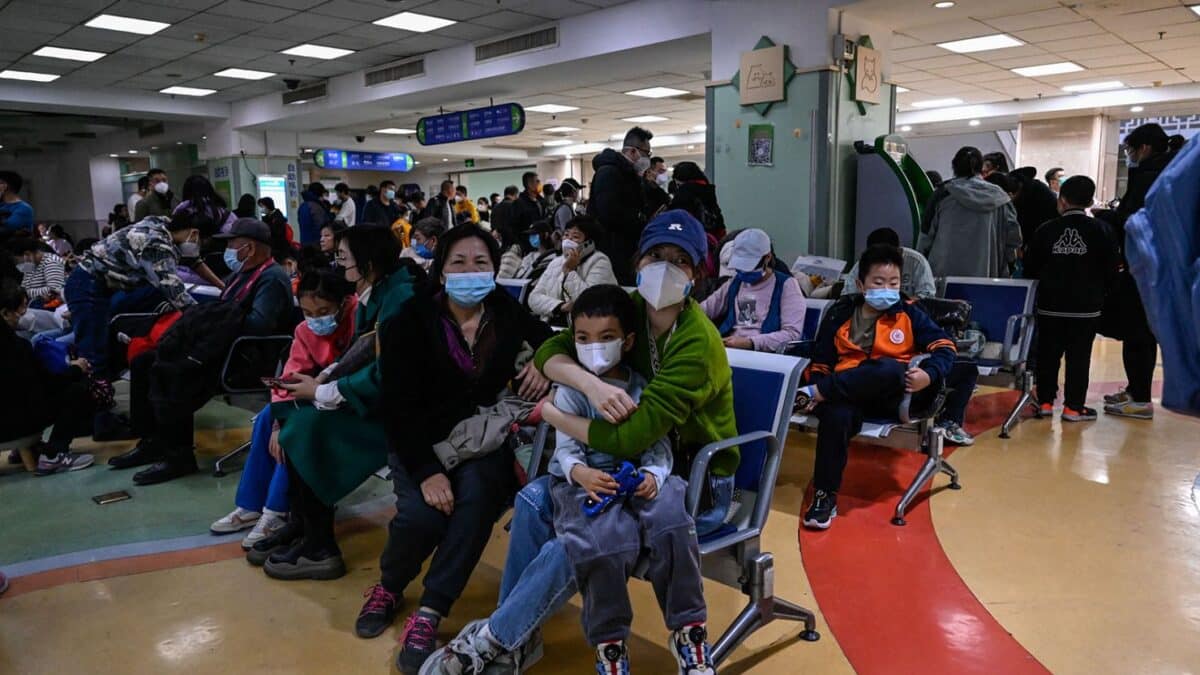Western experts have publicly called on China to be more transparent about a viral outbreak overwhelming its hospitals — as data shows the virus is growing in the US.
Beijing has downplayed footage of overcrowded waiting rooms and wards posted on social media, saying respiratory infections are ‘less severe’ and ‘smaller in scale’ compared to last year.
That has led some to fear there are similarities with the current situation and the Covid outbreak in 2019, which was initially played down by China.
It is thought China’s outbreak is being fueled by the relatively unknown virus human metapneumovirus (HPMV), which normally causes cold-like symptoms such as a blocked nose, headache, shivering and tiredness.

Dr Sanjaya Senanayake, infectious disease expert associate professor of medicine at The Australian National University, said it was ‘vital for China to share its data on this outbreak in a timely manner’, including ‘data about who is getting infected.’
He added: ‘Also, we will need genomic data confirming that HMPV is the culprit, and that there aren’t any significant mutations of concern. Such genomic data will also guide vaccine development.’
Their warning comes as the US experiences its own increase in HMPV cases, with positive test percentages doubling from the beginning to the end of December.
According to the latest CDC data, just under 300 positive test results reported during the last week of December, the latest figures available.
The US CDC said it is ‘monitoring’ the cases in China but believe they are ‘not currently a cause for concern in the US.’
Dr Andrew Catchpole, chief scientific officer at the infectious disease biotech hVIVO, said that while hMPV is typically reported in the colder months, ‘it does seem that the rates of serious infection may be higher in China than what we would expect in a normal year.’
He added: ‘hMPV is common part of the winter cold causing viruses in most countries with seasonality.
‘It is not usual to be a major concern for high numbers of hospitalizations, but it is unclear just how high the numbers are or if issues are arising purely due to coinciding with high flu and COVID levels.’
HMPV first emerged in 2001 and typically causes symptoms of a common cold.
But more severe symptoms such as bronchitis, bronchiolitis and pneumonia can occur, with sufferers experiencing a shortness of breath, severe cough or wheezing.
Children, the elderly and immunocompromised patients are at the highest risk of severe complications.
Because the virus is usually mild, its exact death rate is unknown. But experts estimate anywhere from 10 to 30 percent of patients hospitalized with HMPV die in the US.
Dr Senanayake cautioned that China’s increase in HMPV cases is akin to a ‘bad flu season’ in the US and was not likely to escalate into a global problem.













